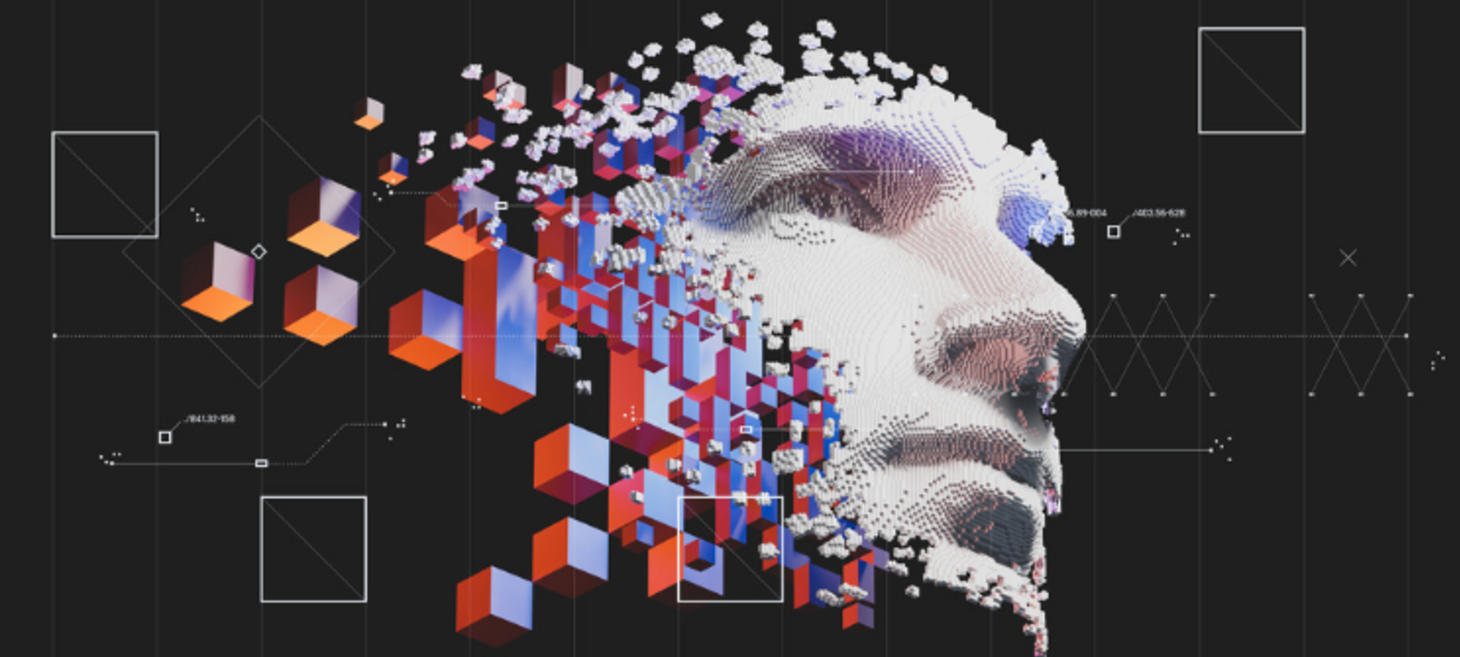In the News

MIT Researchers Just Discovered an AI Mimicking the Brain on Its Own
By comparing neural activity from humans and non-human primates to data from artificial neural network machine learning models tasked with a similar function — say, recognizing an image against a chaotic background — researchers are able to gain insight into both which programs work best and which...
Sponsor

Help pioneer the next advancement in healthcare
While surgery certainly saves lives, dangerous post-op infections can counteract the good that’s been done. Covira Surgical is fighting to change this with their revolutionary Pi-PEG technology. The biotech team leverages the power of the gut microbiome to improve individuals’ health risk, boost immunity and prevent infections. Explore investment opportunities on StartEngine.
Market News
How AI digital twins help weather the world’s supply chain nightmare
With the supply-chain disruptions of the past two years showing no signs of easing anytime soon, businesses are turning to a new generation of AI-powered simulations called digital twins to help them get goods and services to customers on time.
Can Brain Organoids Be ‘Conscious’? Scientists May Soon Find Out
Scientists May Soon Find Out These bundles of neurons, often used for research, will likely display complex activity patterns akin to humans—raising wider ethical questions. Facebook Twitter Email Save Story Save this story for later. Brain organoids are tiny, lab-grown bundles of neurons, derived...
What are the types of artificial intelligence?
Artificial intelligence and its types Since AI research aims to make machines “emulate” human-like functioning, the degree to which an AI system can replicate human capabilities is used as the criterion for determining the types that exist. The greater the ability to perform more human-like...

Year-End Review & a glimpse into 2022 from Essentials
As the end of the year approaches, it's time to look back at the fast-changing evolution of AI in 2021. To help you navigate this ocean of information the Faveeo team has prepared a Year-End Review that will help you catch the information that matters the most.
Applied use cases
Making the UK an AI superpower
Here are three tactics I believe could propel the UK’s AI industry forward this year: Promote collaboration between academia and business To capitalise on the promise of AI, businesses and universities must build stronger links between one another, to drive innovation that can more quickly and...
A New AI Lexicon: Algorithm Trouble
She is kind …”).³ As Safiya Noble highlights in her Algorithms of Oppression, screenshots of problematic search results are as much a research technique as a part of digital culture, surfacing how algorithm trouble is encountered and experienced in everyday settings (2018). She gives the example of...
WebGPT: Improving the factual accuracy of language models through web browsing
It is trained to cite its sources, which makes it easier to give feedback to improve factual accuracy. Then we improve the helpfulness and accuracy of the model’s answers, by training a reward model to predict human preferences, and optimizing against it using either reinforcement learning or...
Ethics
Artificial Intelligence and Galileo’s Telescope
As the current AI world faces increasingly opaque systems, a debate rages over transparency and accountability—how to validate AI outputs when they cannot be replicated. The authors write that with “the rise of AI, the definition of the human role, human aspiration, and human fulfillment will...
Oxford Invited an AI to Debate Its Own Ethics—What It Said Was Startling
Not a day passes without a fascinating snippet on the ethical challenges created by “black box” artificial intelligence systems. These use machine learning to figure out patterns within data and make decisions—often without a human giving them any moral basis for how to do it. Like many supervised...
New research reveals the most pressing opportunities and barriers to trustworthy innovation in data and AI
New research follows the publication of the CDEI’s AI assurance ecosystem roadmap, which sets out the steps required to build a world-leading ecosystem of products and services that can give organisations greater confidence to invest in AI.
Robotics
What’s New in Robotics? 22.12.2021
News briefs for the week take a look at graffiti-eating robots, 5G-enabled AMRs scaling worldwide, the exosuit for the rest of us, four-sided mobile signage, robots disrupting the landscape industry, robots and the coming infrastructure bonanza.
The Future of Robot Nannies
Facebook Twitter Email Save Story Save this story for later. Neither television manufacturers, broadcasters, nor online game manufacturers are deemed liable when children are left for too long in front of their television. Unmute Volume 0% Back Caption Options Close Settings Video Quality Auto 4k...
Robot density nearly doubled globally
The top 5 most automated countries in the world are: South Korea, Singapore, Japan, Germany, and Sweden. Today, China’s robot density ranks 9th globally compared to 25th just five years ago. North America Robot density in the United States rose from 176 units in 2015 to 255 units in 2020.
Research
An Energy-based Perspective on Learning Observation Models
1 We show that learning observation models can be viewed as shaping energy functions that graph optimizers, even non-differentiable ones, optimize. In our recent CoRL paper, LEO: Learning Energy-based Models in Factor Graph Optimization, we propose a conceptually novel approach to mapping sensor...
Azure AI milestone: Microsoft KEAR surpasses human performance on CommonsenseQA benchmark
KEAR (Knowledgeable External Attention for commonsense Reasoning)—along with recent milestones in computer vision and neural text-to-speech—is part of a larger Azure AI mission to provide relevant, meaningful AI solutions and services that work better for people because they better capture how...
To Understand Language is to Understand Generalization
Generalization Type Definition Training Examples Testing Examples Systematicity Recombine constituents that have not been seen together during training {“Bob ate pizza”, “Alice ran home”} “Bob ran home” Productivity Test sequences longer than ones seen during training books with 100k-200k...


